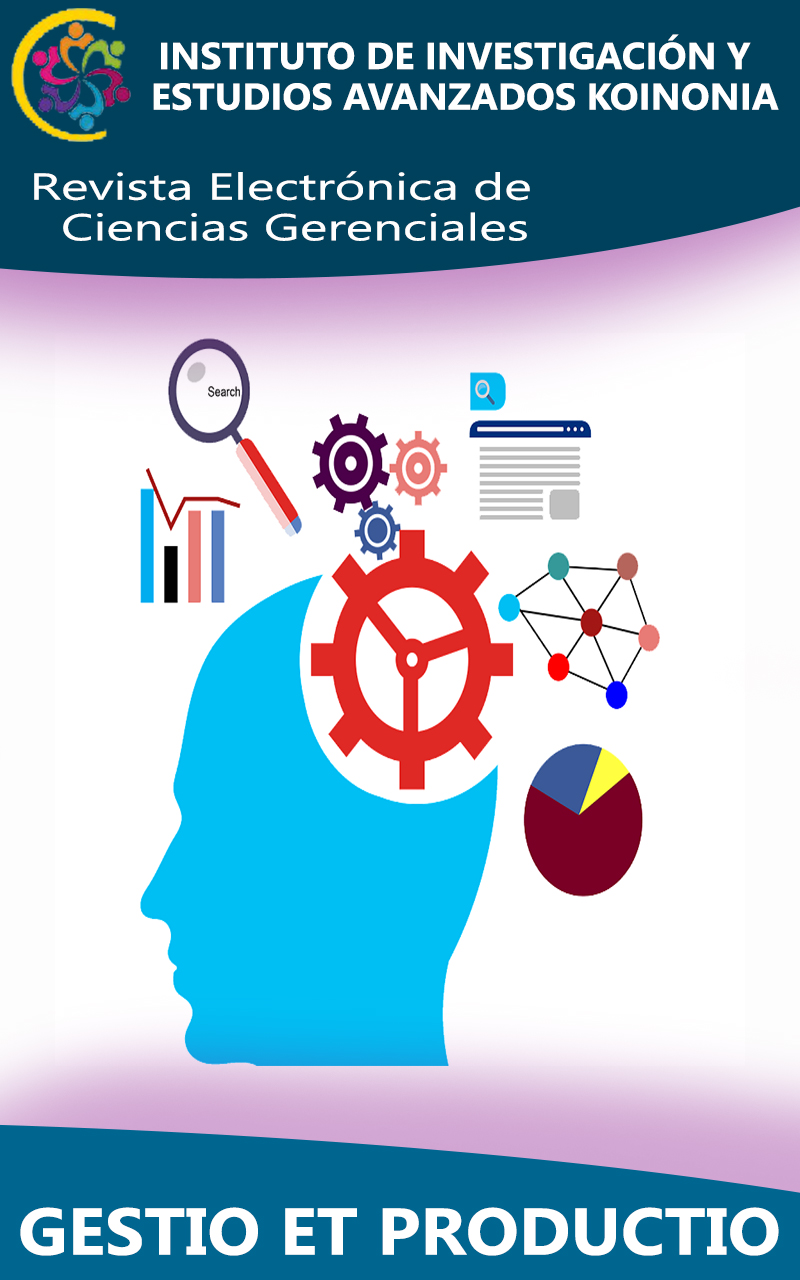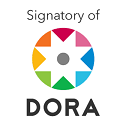Biosafety for reducing occupational risks
Abstract
The general objective of the research was to describe biosafety for occupational risk reduction. It was based on a quantitative research approach, as the data obtained from the study of the variables were analyzed quantitatively. The entire study population was considered as a sample, consisting of 102 medical students who met the inclusion and exclusion criteria. Non-probabilistic census sampling, also called total population sampling, was used. In conclusion, it is not enough to know what ‘biosafety’ means, possible education and general awareness through it, but also to take into account the suitability of indicators for its use: measurements, results, risks, among others. This will allow measuring the risk of exposure in the laboratory with evidence and technical support, and can be used not only as a basis for improving services, but mainly for the safety of operators and healthcare teams
Downloads
References
Aldhamy, H., Maniatopoulos, G., McCune, V. L. et al. (2023). Knowledge, attitude and practice of infection prevention and control precautions among laboratory staff: a mixed-methods systematic review. Antimicrob Resist Infect Control, 12(57), 1-31. https://doi.org/10.1186/s13756-023-01257-5
Beeckman, D. S. A., y Rüdelsheim, P. (2020). Biosafety and Biosecurity in Containment: A Regulatory Overview. Frontiers in bioengineering and biotechnology, 8, 650. https://doi.org/10.3389/fbioe.2020.00650
Bortey, L., Edwards, D., Roberts, C., & Rillie, I. (2022). A Review of Safety Risk Theories and Models and the Development of a Digital Highway Construction Safety Risk Model. Digital, 2(2), 206-223. https://doi.org/10.3390/digital2020013.
Boyacı, H. (2021). Determination of laboratory employees perception on occupational risk factors. International Journal of Medical Biochemistry, 4(2), 61-66. https://doi.org/10.14744/ijmb.2021.02886.
Castro-Maldonado., J. J. Gómez-Macho., L. K., y Camargo-Casallas., E. (2023). La investigación aplicada y el desarrollo experimental en el fortalecimiento de las competencias de la sociedad del siglo XXI. [Applied research and experimental development in strengthening the competences of the 21st century society]. Tecnura, 27(75), 140-174. https://doi.org/10.14483/22487638.19171
Díaz-López, M. (2021). Aprendizaje significativo de bioseguridad a través de infografías interactivas. [Meaningful biosafety learning through interactive infographics]. Revista Cubana de Educación Médica Superior, 35(2), 1-14. https://n9.cl/2b87h
Dogbla, L., Gouvenelle, C., Thorin, F., Lesage, F. X., Zak, M., Ugbolue, U. C., Charbotel, B., Baker, J. S., Pereira, B., y Dutheil, F. (2023). Occupational Risk Factors by Sectors: An Observational Study of 20,000 Workers. International journal of environmental research and public health, 20(4), 3632. https://doi.org/10.3390/ijerph20043632
GESTIÓN. (14 de julio de 2019). Problema mundial de la basura acaba de volverse más alarmante. [The world's rubbish problem has just become more alarming]. https://n9.cl/n77gk
Hamid A, Ahmad A. S, Dar S, Sohail S, Akram F, Qureshi M. I. (2018). Ergonomics Hazards and Musculoskeletal Disorders Among Workers of Health Care Facilities. Curr World Environ, 13(2). http://dx.doi.org/10.12944/CWE.13.2.10
Huber, N., Andraud, M., Sassu, E. L., Prigge, C., Zoche-Golob, V., Käsbohrer, A., D'Angelantonio, D., Viltrop, A., Żmudzki, J., Jones, H., Smith, R. P., Tobias, T., & Burow, E. (2022). What is a biosecurity measure? A definition proposal for animal production and linked processing operations. One health (Amsterdam, Netherlands), 15, 100433. https://doi.org/10.1016/j.onehlt.2022.100433
Hulshof, C. T. J., Pega, F., Neupane, S., van der Molen, H. F., Colosio, C., Daams, J. G., Descatha, A., Kc, P., Kuijer, P. P. F. M., Mandic-Rajcevic, S., Masci, F., Morgan, R. L., Nygård, C. H., Oakman, J., Proper, K. I., Solovieva, S., & Frings-Dresen, M. H. W. (2021). The prevalence of occupational exposure to ergonomic risk factors: A systematic review and meta-analysis from the WHO/ILO Joint Estimates of the Work-related Burden of Disease and Injury. Environment international, 146, 106157. https://doi.org/10.1016/j.envint.2020.106157
Hurtado Zapata, A. d. R., Santos Luna, J. A., Manzanares Loaiza, S. G., y Machuca Loja, G. J. (2022). Cumplimiento de las normas de bioseguridad en laboratorios de la universidad técnica de Machala. [Compliance with biosafety standards in laboratories at the technical university of Machala]. Más Vita, 3(3), 22-32. https://doi.org/10.47606/ACVEN/MV0071
Huss, A., Cochrane, R., Jones, C., y Atungulu, G. G. (2018). Physical and Chemical Methods for the Reduction of Biological Hazards in Animal Feeds. Food and Feed Safety Systems and Analysis, 83-95. https://doi.org/10.1016/B978-0-12-811835-1.00005-1
Irrazabal, M. G., Pusiol, A. L., y Rollán, M. (2019). Bioseguridad: conocimientos, actitudes y prácticas en estudiantes de las carreras de Bioquímica y Veterinaria de la Universidad Católica de Córdoba. [Biosafety: knowledge, attitudes and practices in students of Biochemistry and Veterinary Medicine at the Catholic University of Cordoba]. InVet, 21(1), 45-55. https://n9.cl/arfv9l
Páez Moreno, R. (2020). Abordaje bioético de: La educación médica desde el enfoque de la salud basado en derechos humanos. [Bioethical approach to: Medical education from the human rights-based approach to health]. Investigación en educación médica, 9(36), 96-102. https://doi.org/10.22201/fm.20075057e.2020.36.20242
Serra Aracil, X., López Cano, M., y Targarona, E. (2022). Quantitative and qualitative research in surgery. Cirugía Española, 100(5), 306-308. https://doi.org/10.1016/j.ciresp.2021.11.012
Copyright (c) 2024 César Quito-Santos, Aley Ale Herrera-Domínguez, Laura Margot Rivera-León

This work is licensed under a Creative Commons Attribution-NonCommercial-ShareAlike 4.0 International License.
CC BY-NC-SA : Esta licencia permite a los reutilizadores distribuir, remezclar, adaptar y construir sobre el material en cualquier medio o formato solo con fines no comerciales, y solo siempre y cuando se dé la atribución al creador. Si remezcla, adapta o construye sobre el material, debe licenciar el material modificado bajo términos idénticos.
URL de OAI-PMH: https://iieakoinonia.org/ojs3/index.php/gestioep/oai














